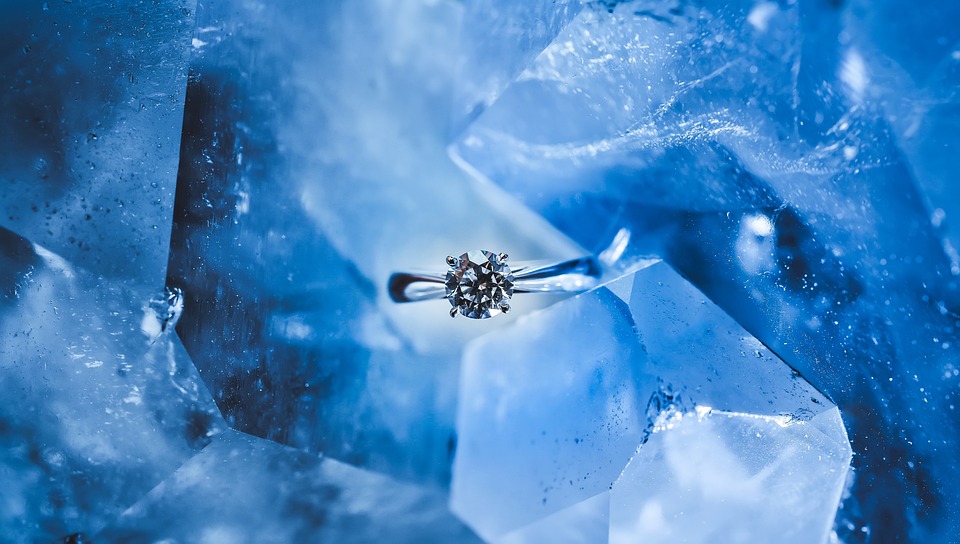How to Identify Fake Moissanite Diamonds: Simple Tips for Everyday Shoppers
With the increasing popularity of moissanite diamonds, it has become crucial for shoppers to be able to differentiate between real and fake stones. Moissanite, a lab-created gemstone, closely resembles the brilliance and fire of diamonds, making it an attractive alternative for those who want a more affordable option. However, this also means that there are unscrupulous sellers out there trying to pass off fake moissanite as the real deal. If you want to ensure that you’re getting what you pay for, here are some simple tips to help you identify fake moissanite diamonds.
1. Conduct a Visual Inspection
One of the easiest ways to identify fake moissanite diamonds is through a visual inspection. Real moissanite stones have a higher refractive index than diamonds, which means they disperse light in a different way. When you look at a moissanite stone under bright lighting, you may notice a rainbow effect or a “disco ball” effect, with vibrant flashes of color. In contrast, diamonds tend to reflect white light more uniformly.
2. Check for Double Refraction
Another characteristic of moissanite that sets it apart from diamonds is its double refraction. When you look through a genuine moissanite stone, you may see double or blurred images, especially at the edges. This effect is caused by the stone’s crystal structure. On the other hand, diamonds have a single refraction, meaning you’ll only see one clear image when looking through them.
3. Test the Stone’s Hardness
Moissanite is known for its exceptional hardness, ranking at 9.25 on the Mohs scale. This makes it extremely resistant to scratches and abrasions, similar to diamonds which rank at 10. If you suspect you may have a fake moissanite, try scratching it with a diamond or another moissanite stone. If the stone scratches easily, it is likely not moissanite.
4. Use a Diamond Tester
A diamond tester is a handy tool that can help you determine whether a stone is a diamond or moissanite. These testers work by measuring the electrical conductivity of the stone. While diamonds are highly conductive, moissanite is not, so a diamond tester will typically produce a positive result for diamonds but a negative result for moissanite. Keep in mind that a diamond tester cannot differentiate between moissanite and other diamond simulants, so it’s best to use it in conjunction with other methods.
Easy Ways to Spot Imitations
Throughout history, various gemstones have been used to imitate diamonds, and moissanite is no exception. Here are some additional ways to spot imitations:
– Look for visible flaws or inclusions: Real moissanite is relatively free of inclusions, so if you spot visible flaws or hazy spots, it’s likely a fake.
– Pay attention to weight and size: Moissanite is slightly lighter than diamonds, so if a stone feels exceptionally light for its size, it may not be genuine.
– Consider the price: While moissanite is more affordable than diamonds, if the price seems too good to be true, it probably is.
Conclusion
As the popularity of moissanite diamonds continues to rise, it’s important for shoppers to be able to identify fake stones. By conducting a visual inspection, checking for double refraction, testing the stone’s hardness, and using a diamond tester, you can increase your chances of purchasing a genuine moissanite diamond. Remember to also look for visible flaws, consider the weight and size of the stone, and be cautious of unusually low prices. Armed with these simple tips, everyday shoppers can confidently navigate the market and make informed decisions when purchasing moissanite diamonds.

